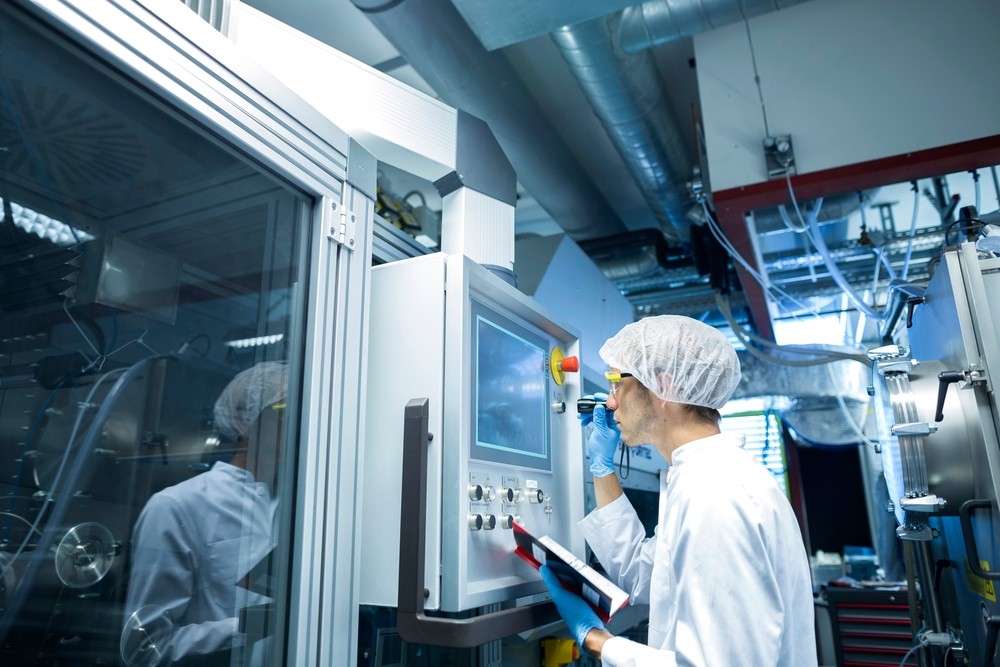What Is Cleanroom Certification?
Once exclusive to the most advanced research and production facilities, cleanrooms are now fundamental to a vast range of industries. These specialized environments are meticulously engineered to control contamination, from pharmaceuticals and medical device manufacturing to cutting-edge electronics and aerospace. Certification is the formal process through which a facility’s environmental controls—especially air cleanliness and particulate control—are rigorously evaluated and documented. In most industries, routine cleaning and good intentions are insufficient to satisfy regulators or ensure the quality of finished products or scientific results.
When choosing cleanroom certification companies, organizations gain independent verification that their facilities align with internationally-accepted benchmarks. This goes beyond passing a single test; it requires ongoing diligence, sophisticated monitoring, and precise documentation. According to guidance from the Centers for Disease Control and Prevention, certified cleanrooms form an essential barrier in preventing microbial contamination, chemical exposure, and particulate infiltration that could undermine sensitive processes or put public safety at risk. Certification provides credibility and trust, both internally and externally.
Why Certification Matters in Critical Environments
The consequences of inadequate cleanroom controls can be severe—ranging from product recalls and regulatory violations, to potential threats to patient safety or research validity. In regulated industries, certification is rarely optional; it’s a critical necessity. For life sciences companies, for example, a single contamination episode might mean discarding millions of dollars in pharmaceuticals or facing lengthy, reputation-damaging investigations. A single unchecked airborne particle in semiconductor or optics production could create defects that ripple through supply chains and impact consumer trust worldwide.
Certification provides more than just proof of competence—it establishes a facility as a reliable partner for clients and regulators. Research has shown that organizations maintaining cleanroom certifications experience fewer interruptions from nonconformance or compliance investigations. This reduces operational costs associated with reworks and recalls and streamlines getting products to market or into clinical practice. Ultimately, the peace of mind with robust certification benefits everyone, from boardroom executives to frontline workers, and, most importantly, those who rely on their products and services.
Common Standards and Guidelines for Cleanrooms
A web of overlapping regulations and industry standards governs modern cleanrooms. The most widely recognized is ISO 14644, a multi-part standard defining cleanliness classes, testing protocols, and monitoring requirements for airborne particulates. Until the early 2000s, Federal Standard 209E was the norm in the United States, and while it has now been withdrawn, many facilities still use its classifications. The healthcare and pharmaceutical sectors operate under additional layers of regulation, especially Good Manufacturing Practice (GMP), which sets out protocols for facility design, workforce hygiene, and environmental monitoring.
Staying compliant means meeting the law’s letter and proactively integrating evolving healthcare cleaning protocols and scientific best practices into daily operations. Facility managers must adapt their SOPs, training programs, and documentation systems to address new risks and recommendations as they emerge. Transparency in meeting and exceeding guidelines can be a differentiator in audits and quality negotiations, reinforcing stakeholder confidence and reducing uncertainty.
The Certification Process: Step By Step
Achieving and maintaining cleanroom certification is not a one-time event but a cycle of assessment, improvement, validation, and documentation. The process typically starts with an initial evaluation, where facility design, engineering controls, HVAC performance, and cleaning protocols are reviewed for readiness. Testing follows, covering particle counts, air change rates, pressure gradients, filter integrity, and, where necessary, microbiological sampling. These tests demand precision instrumentation and adherence to prescribed test methods.
Documentation is a cornerstone throughout—every test, calibration, deviation, and corrective action must be written up for future reference and inspection. The final certification report, prepared by external or internal experts, summarizes all test results and affirms compliance with standards (such as ISO 14644-1 for air cleanliness). Major facilities schedule regular recertification—often semi-annually or annually—to guard against drift in performance over time. Certification should be considered part of an ongoing quality continuum, not a destination.
Challenges During Certification and How To Overcome Them
Even the best facilities encounter hurdles during certification. Aging infrastructure or inadequate maintenance can compromise environmental controls, leading to elevated particle counts or unstable pressure differentials. Staff errors, such as improper gowning or poor cleaning technique, are another common cause of failed tests. Sometimes, integration problems with building automation or monitoring equipment raise red flags for auditors.
The facilities that fare best treat these setbacks as learning opportunities. Preventative maintenance is critical—well-defined checklists and digital work order systems help keep airflow, filtration, and climate controls operating at peak levels. Equally important is staff training, requiring all employees to refresh their cleanroom procedures regularly, dramatically reducing avoidable failures. Forward-thinking teams invest in root cause analysis after failures and foster a culture where reporting minor anomalies is encouraged rather than feared. Success hinges on systems thinking and agile response to issues.
Sustaining Compliance Year-Round
Certification is only the starting line. Ongoing success relies on embedding compliance into the fabric of daily work. This includes regular cleaning, real-time monitoring, and clear accountability for every individual who enters the cleanroom. Routine review and updating of SOPs ensure they keep pace with the latest regulations and facility changes. Data-driven audits reveal trends, catch minor issues before they grow, and demonstrate commitment to continuous improvement.
Technology is giving organizations more tools than ever to support compliance. Automating monitoring tasks—such as particle counts, temperature, and humidity—minimizes the risk of human error and delivers immediate alerts if something drifts outside acceptable limits. Informed by cleanroom monitoring market trends, more facilities are rolling out integrated sensor networks and dashboard reporting. These solutions make it easier to maintain compliance even as regulations become more demanding.
Recent Innovations In Cleanroom Certification Testing
The tools and techniques used for cleanroom certification have undergone significant transformation. Modern facilities now employ highly sensitive particle counters, which can detect contamination invisible to the naked eye in real time. Wireless and cloud-based systems allow data to be collected from multiple points, aggregated instantly, and shared across teams or with auditors worldwide. Artificial intelligence and data analytics are increasingly used to identify trends or outliers that could signal emerging risks.
These innovations don’t just add accuracy—they increase efficiency. Critical events, such as ventilation equipment failure or cleaning deficiencies, can be addressed within minutes, reducing the risk of batch losses or prolonged downtime. According to early adopters, leveraging technology for certification provides greater visibility, higher levels of assurance, and substantial savings on operational costs compared to traditional manual documentation and monitoring approaches.
Recommended Resources for Continuous Learning
The world of cleanroom operations never stands still. Regulations change, scientific understanding advances, and new risks emerge constantly. Facility managers who remain connected through industry associations, specialized conferences, and vetted journals are better positioned to anticipate and adapt. Resources like CDC publications, cleanroom engineering forums, and peer-reviewed journals offer guidance and inspiration for ongoing improvement.
Beyond reading, building a professional network with other facility managers and certification experts provides invaluable practical advice. Sharing best practices and lessons learned creates a community that helps everyone keep pace with evolving standards and expectations and lays a foundation for long-term compliance success.





